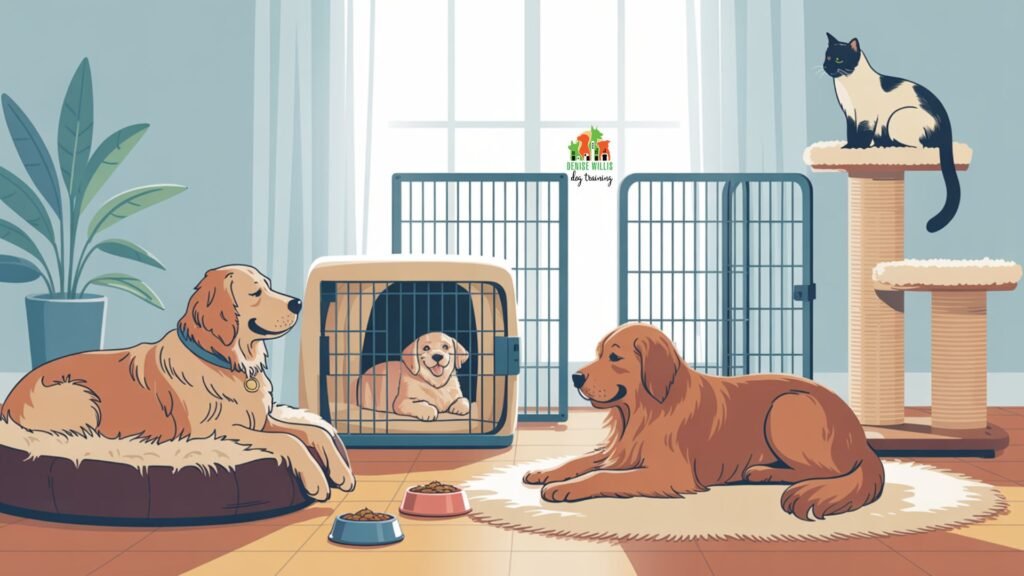
Introduction
Training your pet is one of the most powerful ways to build a lasting bond based on trust, communication, and mutual respect. Whether you’re raising a rambunctious puppy or helping a shy rescue cat adjust to their new home, positive reinforcement is the most effective, humane, and scientifically supported training method available.
In this guide, you’ll learn how to use positive reinforcement to teach essential behaviors, solve common problems, and make training a fun and rewarding experience for both you and your pet.
What Is Positive Reinforcement?
Positive reinforcement is a training method that involves rewarding desired behaviors to encourage them to happen again. Instead of punishing bad behavior, you focus on reinforcing the good.
How It Works:
- Action → Reward = More of that action
- Your pet learns that good things happen when they do something right.
- It builds trust, reduces fear, and fosters cooperation.
Types of Rewards:
- Treats (high-value snacks work best)
- Praise and affection
- Toys or games
- Clicker sounds (paired with rewards)
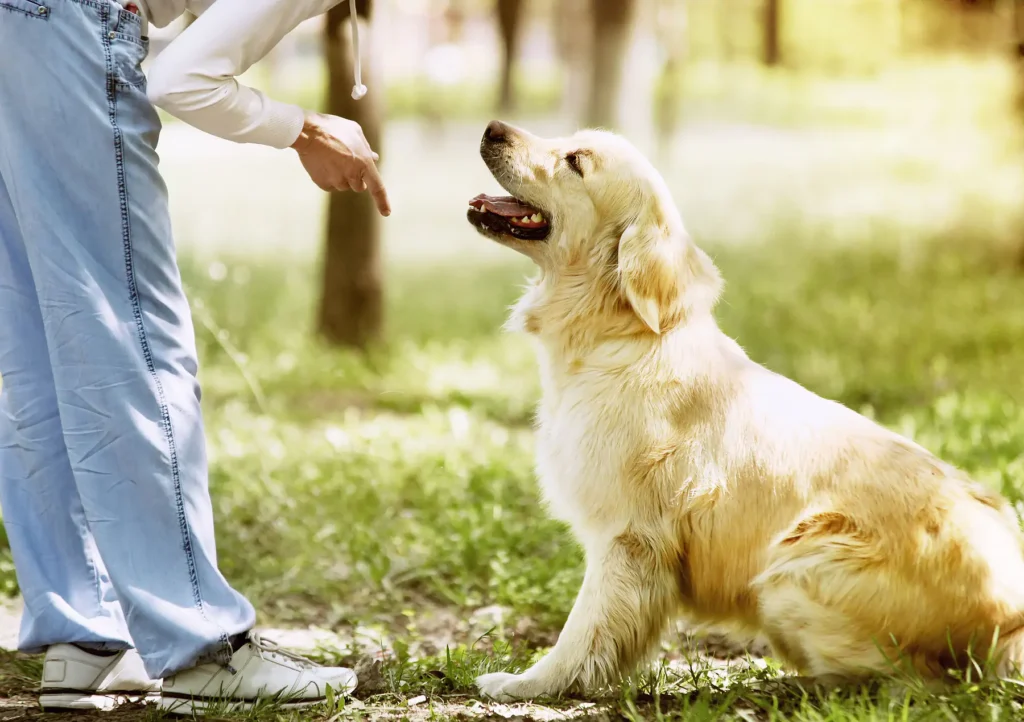
Why It Works for Both Dogs and Cats
You might be surprised, but cats respond just as well to positive reinforcement as dogs—when motivated the right way.
Dogs:
- Social learners and eager to please
- Enjoy praise, treats, and play
- Benefit from structured routines and clear cues
Cats:
- Independent but highly intelligent
- Respond well to food, play, and gentle affection
- Training can reduce anxiety and improve behavior
Essential Training Gear
To get started, gather:
- Training treats (small, smelly, and irresistible)
- Clicker (optional but useful)
- Leash or harness for dogs
- Target stick or toys for cats
- Quiet, distraction-free space
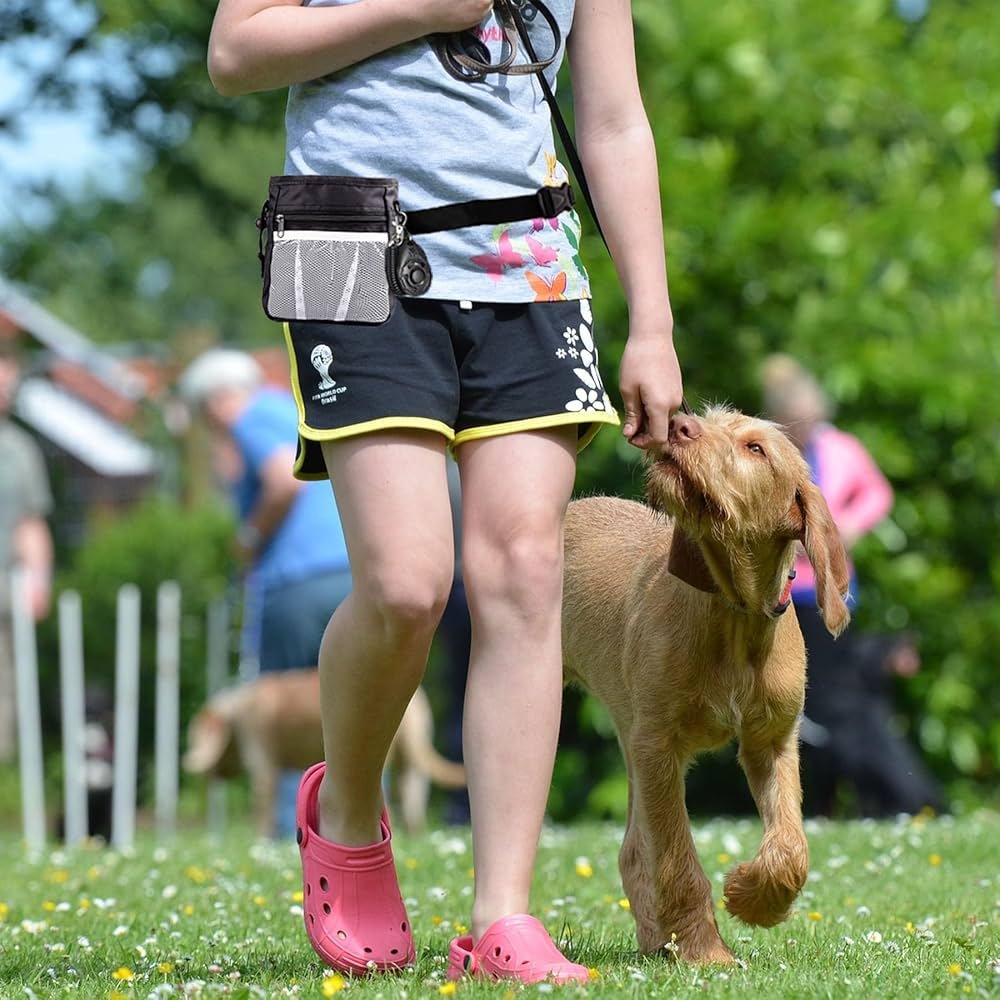
Core Positive Reinforcement Techniques
1. The Clicker Method
- A clicker marks the exact moment your pet does something right.
- Immediately follow the click with a treat.
- Helps with timing and clarity.
2. Marker Words
If you don’t have a clicker, use a consistent word like “Yes!” or “Good!” at the right moment.
3. Luring
Use a treat to guide your pet into a position (e.g., sit or down) and reward when they follow through.
4. Capturing
Catch your pet doing something naturally (like lying down calmly) and reward it. They’ll start offering that behavior more often.
5. Shaping
Reward gradual steps toward a complex behavior (e.g., going from paw lifts to a full “shake”).
Positive Reinforcement for Dogs
A. Basic Commands to Teach
- Sit
- Stay
- Come
- Down
- Leave it
- Heel
Training Example: Teaching “Sit”
- Hold a treat close to your dog’s nose.
- Slowly move it up and over their head.
- As their bottom touches the ground, say “Yes!” or click.
- Give the treat immediately.
- Repeat and add the cue word “Sit.”
Reinforcement Tips:
- Practice for short sessions (5–10 minutes).
- End on a positive note.
- Reward calm behavior—even outside of training.
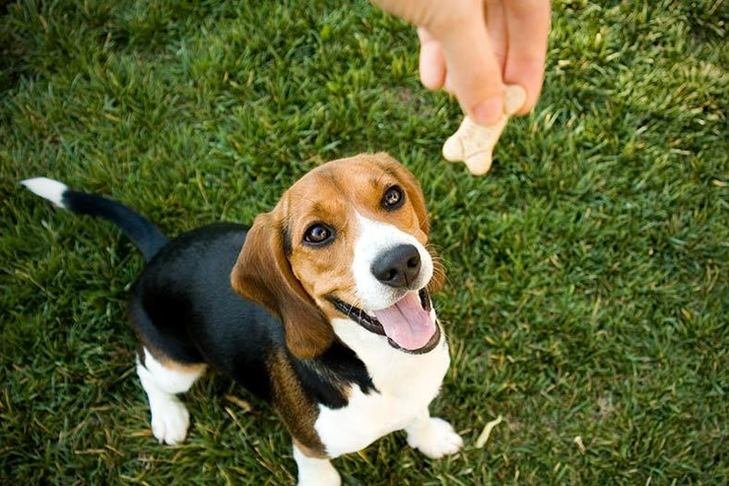
Positive Reinforcement for Cats
A. Easy Behaviors to Teach
- Come when called
- Sit on cue
- Use a scratching post
- Go to a bed or crate
- Target touch (touching a stick or hand)
Training Example: Teaching “Come”
- Stand a few feet away with a high-value treat.
- Say your cat’s name followed by “Come!”
- If they approach, say “Yes!” and reward.
- If not, toss a treat a bit closer and repeat.
Pro Tips:
- Use their mealtime to train.
- Cats love consistency—train in the same location daily.
- Keep sessions short and playful.
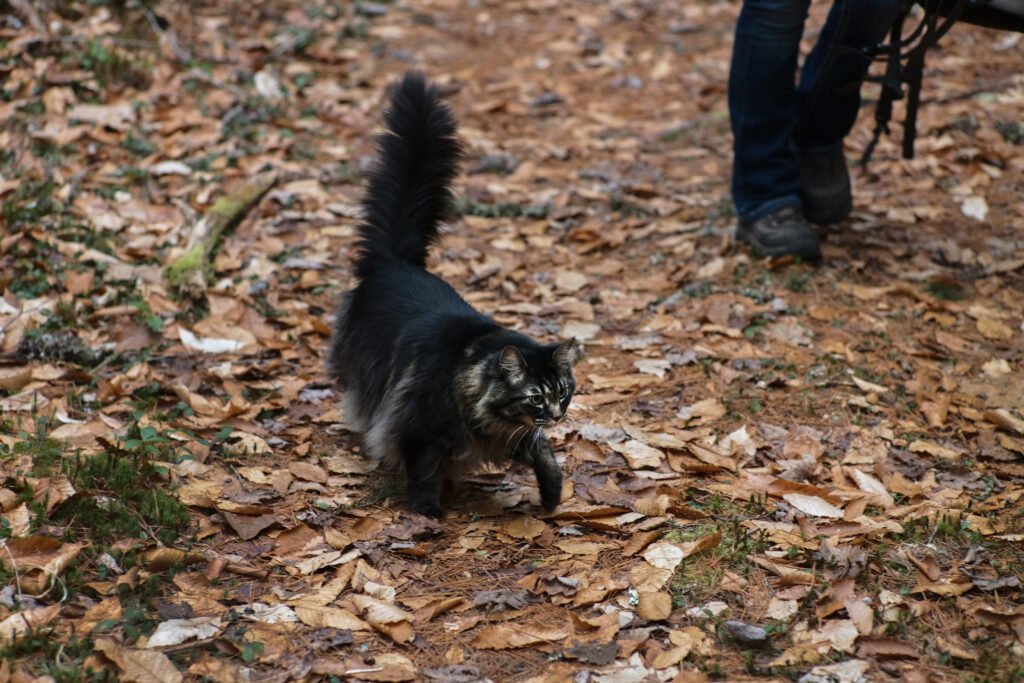
Addressing Behavior Issues with Positive Reinforcement
A. Jumping (Dogs)
Ignore the behavior (turn away), and reward when the dog has four paws on the ground.
B. Scratching Furniture (Cats)
Redirect to scratching posts and reward when they use the post.
C. Barking
Identify the trigger and reward calm behavior instead.
D. Biting or Play Aggression
Redirect to toys and reward gentle interaction.
Always Avoid:
- Yelling, hitting, or “alpha” methods—these create fear and mistrust.
- Negative reinforcement or punishment-only strategies.
Creating a Training Routine
Daily Schedule Sample:
| Time | Activity |
|---|---|
| Morning | 5-minute training + walk/play |
| Midday | Quick trick session |
| Evening | Practice basic commands |
| Before Bed | Calming trick (e.g., “Go to bed”) |
Track Progress:
- Use a training log or app.
- Note success rates and distractions.
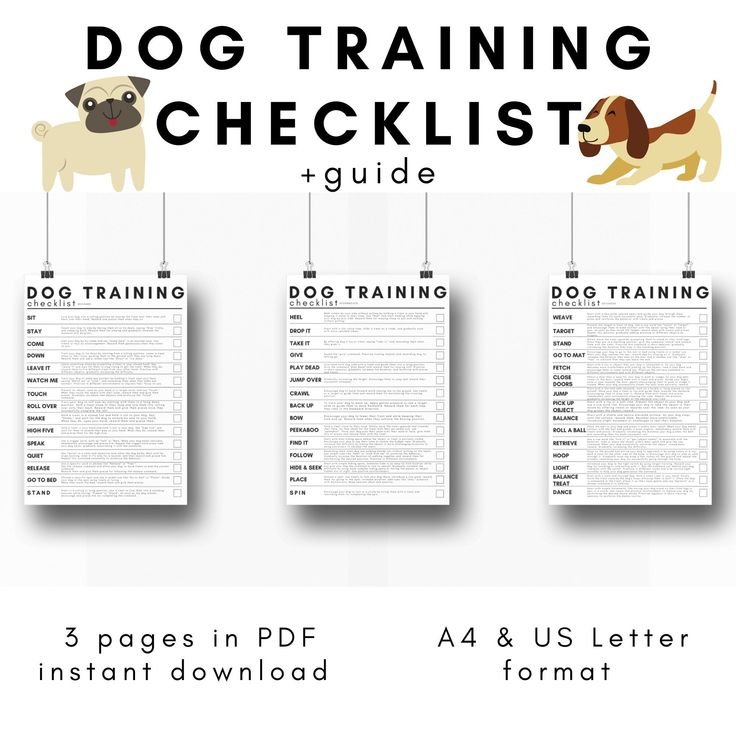
Motivation Matters: Finding the Right Rewards
Dogs:
- Try liver treats, cheese, or bits of hot dog.
- Mix in play or fetch if they’re toy-motivated.
Cats:
- Tempt with tuna flakes, freeze-dried chicken, or Churu tubes.
- Play sessions with feather wands work great for some cats.
Keep Rewards Interesting:
- Rotate treats to avoid boredom.
- Use a jackpot reward (big handful) for breakthrough moments.
Common Mistakes to Avoid
- Bad timing – Reward immediately, or your pet won’t connect the behavior.
- Too many commands – Say the cue once. Don’t repeat.
- Training too long – Stop before your pet gets bored or tired.
- Ignoring distractions – Start in a quiet place and build up.
- Punishing mistakes – Redirect, reset, and reward the right action.

Advanced Positive Reinforcement Ideas
Clicker Games
- Targeting: Teach your pet to touch objects with their nose or paw.
- Trick chaining: Combine behaviors into routines (e.g., sit → paw → spin).
- Scent games: Encourage nosework by hiding treats.
Cooperative Care
- Train pets to participate in grooming and vet visits:
- Hold still for nail trims
- Open mouth on command
- Accept brushing calmly
When to Get Help
If your pet:
- Displays aggression
- Has severe anxiety
- Doesn’t respond to any form of reward
…consider working with a Certified Positive Reinforcement Trainer (CPDT-KA) or behaviorist. Avoid anyone using outdated dominance or fear-based tactics.
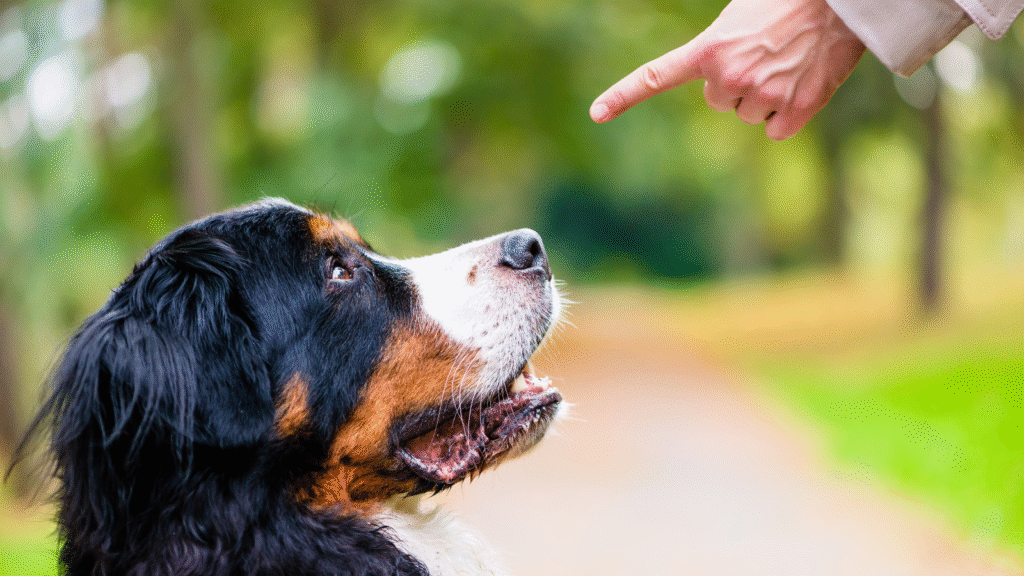
Conclusion
Positive reinforcement isn’t just a training method—it’s a philosophy based on respect, empathy, and trust. It’s proven to work across species and strengthens the bond between you and your pet.
Whether your dog is learning to sit or your cat is learning to come, you’ll find training to be not just effective, but deeply rewarding—for both of you.
Start small, stay patient, and celebrate the little wins. With consistent practice and love, your pet will not only learn—they’ll thrive.
✅ Bonus Offer for PetPatch Readers:
Download our free printable training tracker and list of 20 easy rewardable behaviors for dogs and cats.

